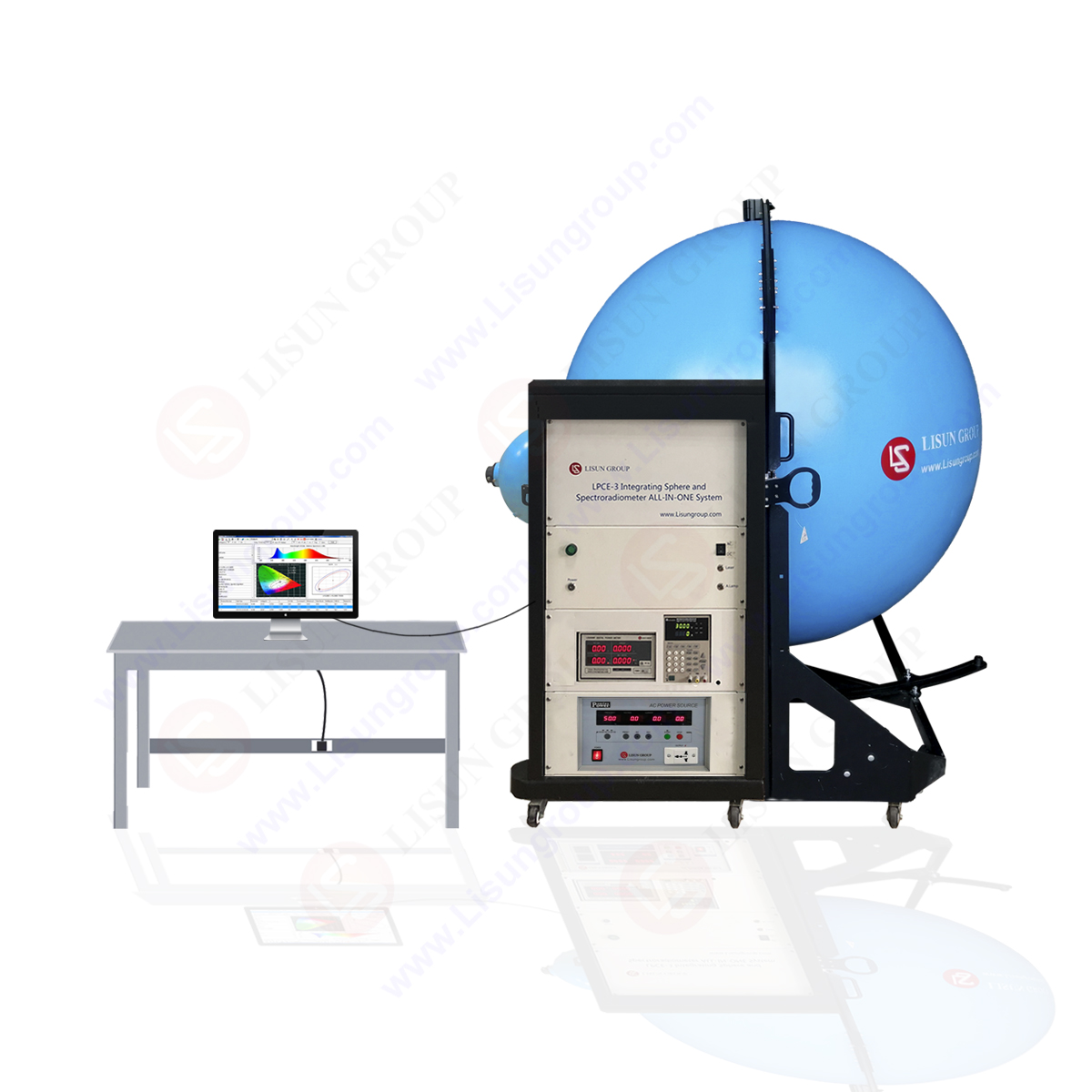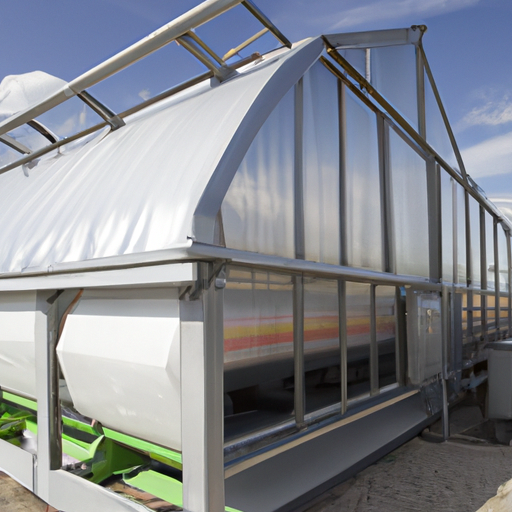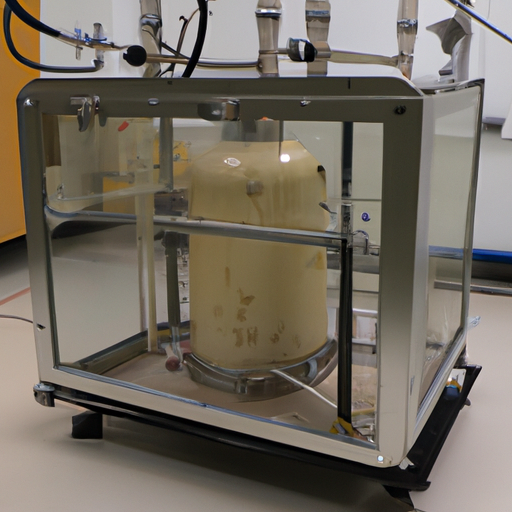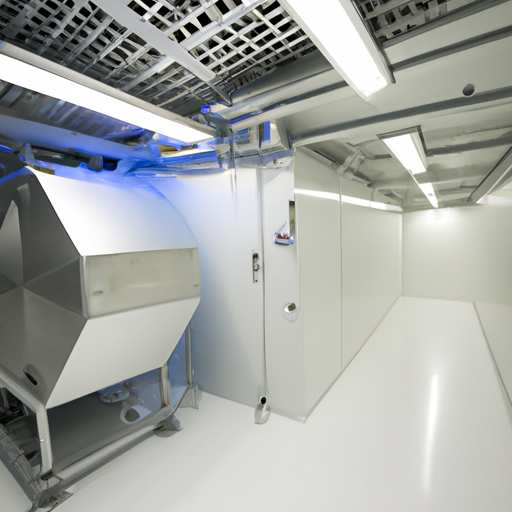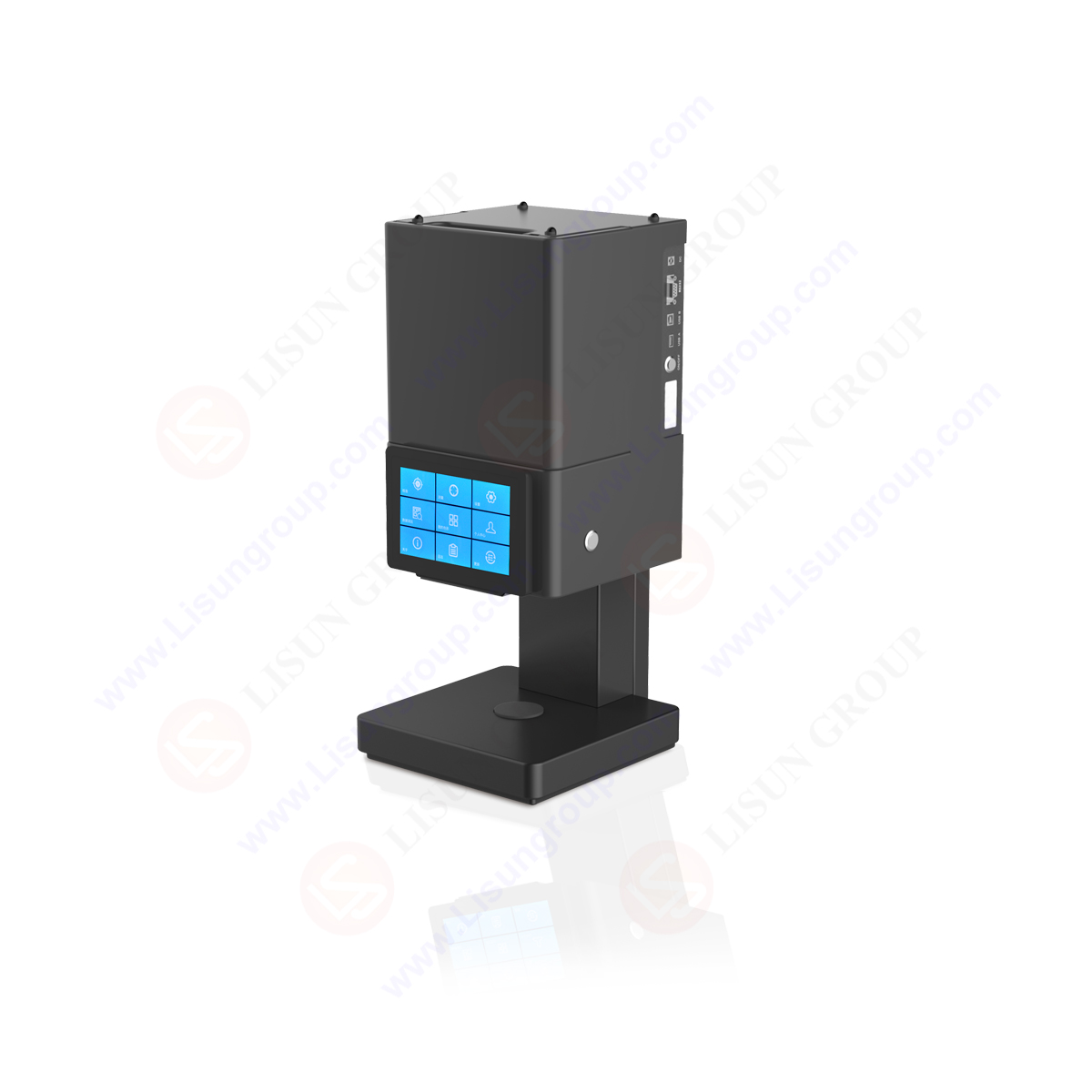Fluorescent material is calcined by metal (zinc, chromium) sulfide or rare earth oxide and trace active agent. The color is generally colorless or light white, which is visible light (400-800nm) of various colors under the irradiation of ultraviolet light (200-400nm), depending on the type and content of metal and activator in the pigment. Fluorescent materials absorb light of a certain wavelength and immediately emit light of different wavelengths, which is called fluorescence. When the incident light disappears, the fluorescent materials will stop emitting light immediately. More precisely, fluorescence refers to some quite bright color light seen by human eyes under external light, such as green, orange and yellow, which are also often called neon light.
With the progress of science and technology, people have more and more research on fluorescence, and the application of fluorescent materials is more and more extensive. In addition to being used as dyes, fluorescent substances are also widely used in organic pigments, optical brighteners, photo oxidants, coatings, chemical and biochemical analysis, solar collectors, anti-counterfeiting markers, drug tracing and lasers. Therefore, it is of great significance to study and discuss the color measurement of fluorescent materials.
According to Stokes’ law, when the fluorescent material absorbs the incident radiation energy, the excited fluorescent molecules will emit radiation with a longer wavelength than the absorbed incident wavelength when returning to the ground state. When visually observing the fluorescent material illuminated by the light source, the human eye will see all spectral radiation within the visible area, that is, simultaneously observe the reflection (or transmission) spectrum of the material to the light source and the fluorescence emission spectrum of the material. Therefore, when using physical methods to measure the color of fluorescent materials, the measurement results must be consistent with the visual evaluation, otherwise wrong conclusions will be drawn.
The common methods for measuring the color of fluorescent materials are monochromatic light excitation method and composite light irradiation method.
1、 Monochromatic photoexcitation method
The principle is to irradiate the sample with monochromatic light of a specific wavelength µ by exciting the monochromator, and then measure each wavelength of the visible wave band with the analytical monochromator λ Radiance factor of β ( λ, µ)。 Measure the corresponding radiance factor for different incident wavelengths β ( λ, µ), so that when the incident radiation spectral distribution is S (µ), the fluorescent material λ Relative spectral distribution R of reflection and emission of( λ)
2、 Composite light irradiation measurement method
The characteristic of compound light illumination measurement method is that the excitation light source is directly illuminated by the compound light source. Directly measure the spectral radiance factor of fluorescent materials under the illumination of the light source used in the test β ( λ), The tristimulus value is calculated. The results are limited to the objective effect of a specific light source, and it is impossible to calculate the color characteristics of this fluorescent material under another light source.
Spectrometric method:
In practical applications, it is not easy to accurately simulate the spectral distribution of standard illuminants, especially the standard. Therefore, the above measurement method using a monochromator has low accuracy, and the obtained method can reflect the performance of fluorescent materials. In order to overcome the above defects, a dual optical path spectroscopic measurement system can be used. A spectrometer can be added to the optical path. The full spectrum light source is divided by different wavelengths through a grating to obtain the spectral radiance factor of the reflected light of the sample at each wavelength. After comparing with the spectral radiance factor of the light source, the chromaticity parameters of the fluorescent sample can be calculated.
LISUN Launches Benchtop Spectrophotometer (Reflectance and Transmittance) DSCD-920 adopts 7 inches touch screen, full wavelength range, Android operate system. Illumination : reflectance D/8° and transmittance D/0°(UV included / UV excluded), high accuracy for color measurement, large storage memory, PC software, because of above advantages, it is used in laboratory for color analysis and communication
Lisun Instruments Limited was found by LISUN GROUP in 2003. LISUN quality system has been strictly certified by ISO9001:2015. As a CIE Membership, LISUN products are designed based on CIE, IEC and other international or national standards. All products passed CE certificate and authenticated by the third party lab.
Our main products are Goniophotometer, Integrating Sphere, Spectroradiometer, Surge Generator, ESD Simulator Guns, EMI Receiver, EMC Test Equipment, Electrical Safety Tester, Environmental Chamber, Temperature Chamber, Climate Chamber, Thermal Chamber, Salt Spray Test, Dust Test Chamber, Waterproof Test, RoHS Test (EDXRF), Glow Wire Test and Needle Flame Test.
Please feel free to contact us if you need any support.
Tech Dep: Service@Lisungroup.com, Cell/WhatsApp:+8615317907381
Sales Dep: Sales@Lisungroup.com, Cell/WhatsApp:+8618117273997
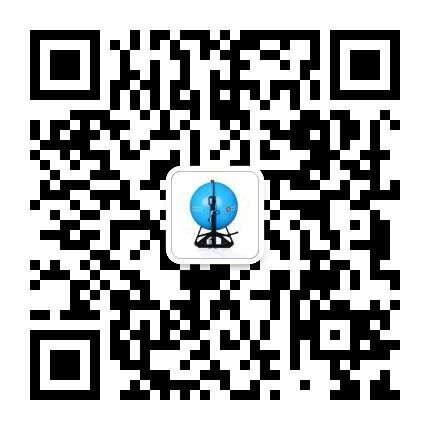
 中文简体
中文简体
